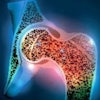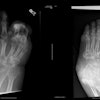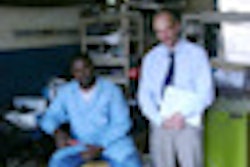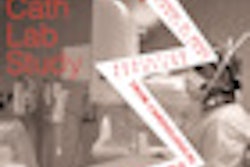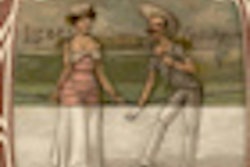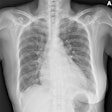Dear Digital X-Ray Insider,
One thing I love about medical imaging is that so many people involved in it take a global perspective. They care about what's going on outside of their own hospital, clinic, or university, and they are genuinely concerned about outreach and ethics.
This week we've posted two news reports in our Digital X-Ray Community that typify this broad outlook. The first is about the work of a Swiss-based nonprofit foundation, EssentialMed, that is developing appropriate imaging services in Africa and Asia. Dr. Klaus Schönenberger gave up his career in the medical device industry to run this group. Click here to get the story.
Our second article concerns simple, low-cost training and quality-control measures that have helped to cut patient radiation exposure by up to 62% for routine radiographic procedures in Iran. The long-term goal is to introduce optimized national diagnostic reference levels for all x-ray departments with heavy patient workloads. To read more, click here.
Back in Europe, researchers from Rome have found that x-ray-guided procedures can have protective cellular effects. Chronic exposure to low-dose radiation -- the equivalent of 250 chest x-rays per year -- may have clear biological and biochemical effects that represent a cellular protective response to harmful radiation. Click here to find out more.
Also in Italy, physicians from Turin believe home delivery of radiology services can help overcome the frequent problems encountered by elderly patients when they visit the hospital for an imaging examination. This can often be a daunting experience for older people, and you can click here to learn about the team's solution.
Meanwhile, radiologists from Vienna have reported that needle-based storage phosphor image plates for computed radiography (CR) provide higher image quality and allow for a 50% dose reduction in supine chest x-rays when compared with the conventional method. Get the story here.
On a lighter note, it's remarkable to think that x-ray equipment used to feature prominently in picture postcards. The author of our regular history column, Dr. Adrian Thomas, is a keen collector of such items. For his entertaining contribution, click here.


